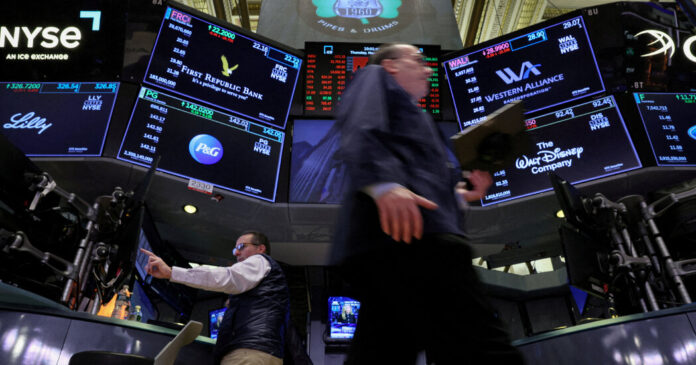The pulse of Uncle Sam’s inflation is beating faster, with consumer prices in March climbing to a 6.4% annual pace. Not to be left out, core inflation—also known as the no-food-and-fuel party—rose by 5.6% compared to a year ago. That’s a tiny uptick from February’s 5.5% jump, but hey, nobody wants to be fashionably late.
The Federal Reserve, aka the Inflation Busters, are stuck in a pickle. For over a year, they’ve been playing tug-of-war with price hikes, pulling interest rates from near zero all the way to almost 5%. Now, they’re scratching their heads, trying to figure out if their game plan is working—or if they need to pull harder.
Taming the inflation beast isn’t an easy task. After reaching a fiery 9% last summer, things have cooled down—but only to a simmer. With pre-pandemic 2% inflation feeling like a distant dream, the Fed knows the road back is long and winding.
“Inflation is like a rebellious teen—it refuses to settle down in a straight line,” says Tiffany Wilding, an economist at Pimco, clearly channeling her inner philosopher.
Making the crystal ball even murkier, recent bank disasters could put the brakes on the economy. Policymakers find themselves split between Team Proceed-with-Caution and Team Stomp-the-Gas-to-Beat-Rising-Prices.
But wait, there’s another plot twist! The Feds use a different inflation yardstick—the Personal Consumption Expenditures measure. This mysterious figure has also been soaring like a rocket lately.
To divine whether inflation will take a chill pill, the central bank is keeping a close watch on services inflation, especially beyond our humble abodes. In a mind-boggling turn of events, used cars prices stalled in March, while new cars and hotel rooms eagerly raced ahead. Meanwhile, Bloomberg’s own no-energy-services-soiree saw the dance floor cool down just a smidge.

